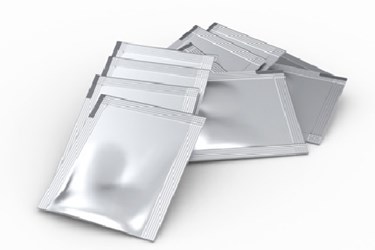What Foods Are Driving The Growth Of Flexible Packaging?
By Isaac Fletcher, contributing writer, Food Online

With the ability to cater to evolving consumer demands for convenience and ease of preparation, flexible- packaging formats are expected to experience continued growth in the protein market.
A new study focused on meat, poultry, and seafood packaging reveals the market, which has demand worth roughly $9 billion, is being primarily driven by prepared foods and items in smaller, more-convenient packaging formats. In recent years, consumers have been gravitating toward foods that are able to be prepared quickly and easily.
The packaging market for meat, poultry, and seafood is growing at a rate of nearly 4 percent annually, with growth in flexible packaging and barrier films outpacing rigid packaging. This is likely due to a handful of advantages afforded by flexible packaging, such as lighter weight, lower levels of material inputs, and more usable space on the packaging for branding and labeling.
According to Esther Palevsky, analyst for the Freedonia Group, “The prevalence of case-ready meats, which use modified atmosphere packaging (MAP) and vacuum packaging, will drive gains for barrier films.” Palevsky suggests that vacuum pouches will experience higher rates of usage with fresh, frozen, and processed foods. Pouches, on the other hand, will see greater use within folding carton applications.
Related: 3 Considerations For Vacuum Packaging Food
With an expected annual growth of 3.8 percent, meat, poultry, and seafood packaging is expected to reach demand of nearly $11 billion by 2019, with $4.5 billion of that attributable to flexible-packaging formats. Between 2009 and 2014 flexible packaging experienced average annual growth of 4.5 percent; between 2014 and 2019, experts expect an annual growth of roughly 4.2 percent. Although slightly less than the previous 5 years, the annual growth of flexible packaging over the next five years still surpasses that of rigid packaging, which is expected to be roughly 3.5 percent.
Maturity within rigid formats — folding cartons, metal cans — will continue, as will the pressure to stay competitive versus flexible packaging alternatives. Among rigid packaging, plastic containers are expected to demonstrate the highest levels of growth, but they, too, will experience increasing competition from lower-cost flexibles, such as handled pouches and windowed bags.
The corrugated box format is one rigid format that is seeing continued growth, due to its continued prevalence for shipping applications, the development of moisture-resistant boxes, and modular boxes for case-ready meats.
